Gibson switches up the tonewood recipe for three classic Standard acoustics, giving the J-45, SJ-200 and Hummingbird a rosewood refresh for “rich sonic allure”
The Rosewood Burst Standards offer three new premium options for the Modern Acoustic series, all featuring Sitka spruce tops, gold Grover tuners and LR Baggs VTC electronics
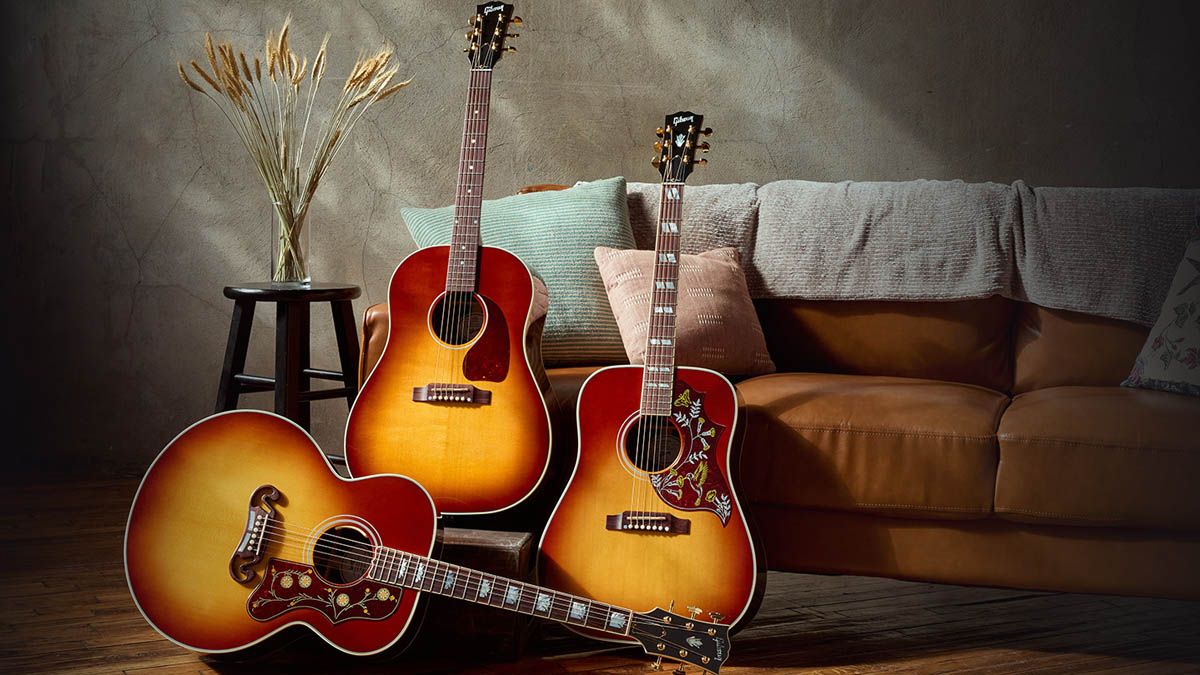
Gibson has unveiled a refresh of three of its most storied acoustic guitars, offering the J-45 Standard, Hummingbird Standard and SJ-200 Standard in a Rosewood Burst finish, with solid rosewood on the back and sides a tantalising alternative to the more commonly found mahogany.
The three Standard acoustics will join Gibson’s Modern acoustic lineup, and share a lot of specs in common. The raw materials across all three designs are largely the same, with Gibson using solid Sitka spruce for the tops, braced it with traditional hand-scalloped X pattern bracing, and solid rosewood on the back and sides.
Multi-ply binding has been applied to the top of the guitars, making the visual transition from spruce to rosewood really pop, and single-ply binding on the guitars back tying things neatly together.
Each of the new standards also features gold Grover tuners, which complements the Rosewood Burst stain finish nicely. The Hummingbird and J-45 have Rotomatics with kidney bean-style buttons, while the SJ-200, befitting its status as King of the Flat-tops, has Imperial tuners, giving the headstock a little art deco je ne sais quoi. That headstock is also bound, underscoring its regal bearing, though all of these are high-end acoustic guitars.
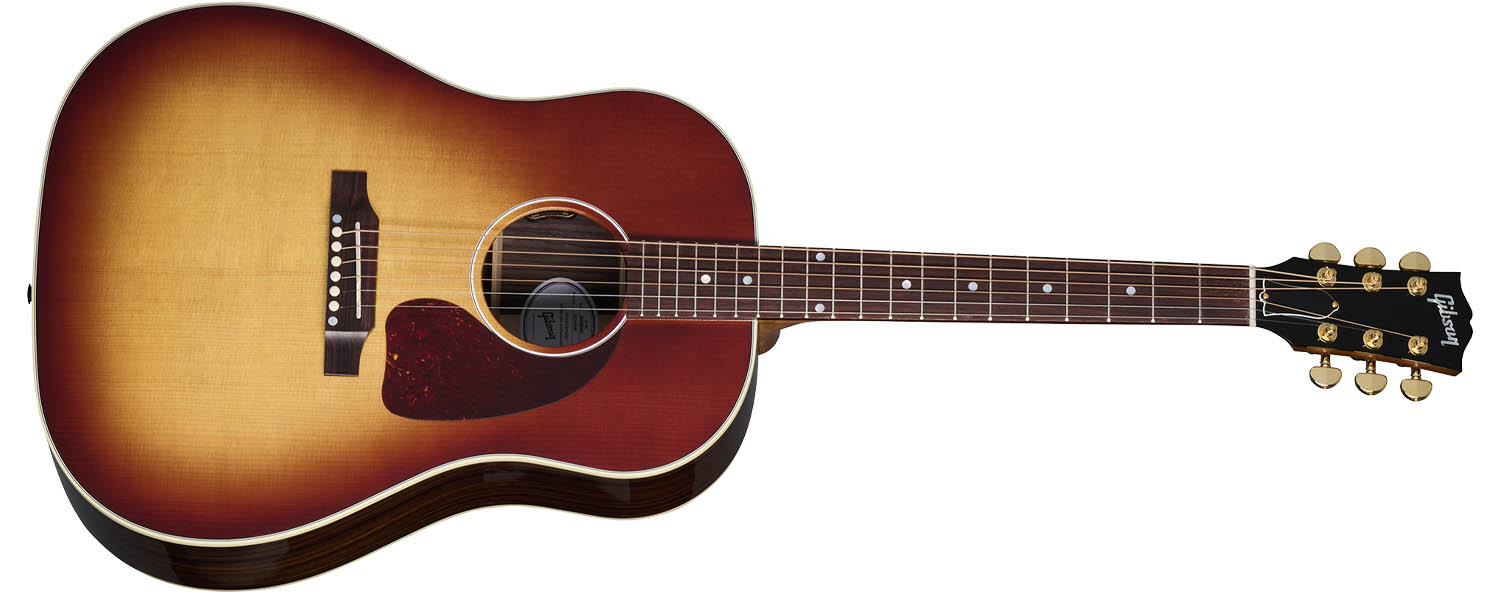
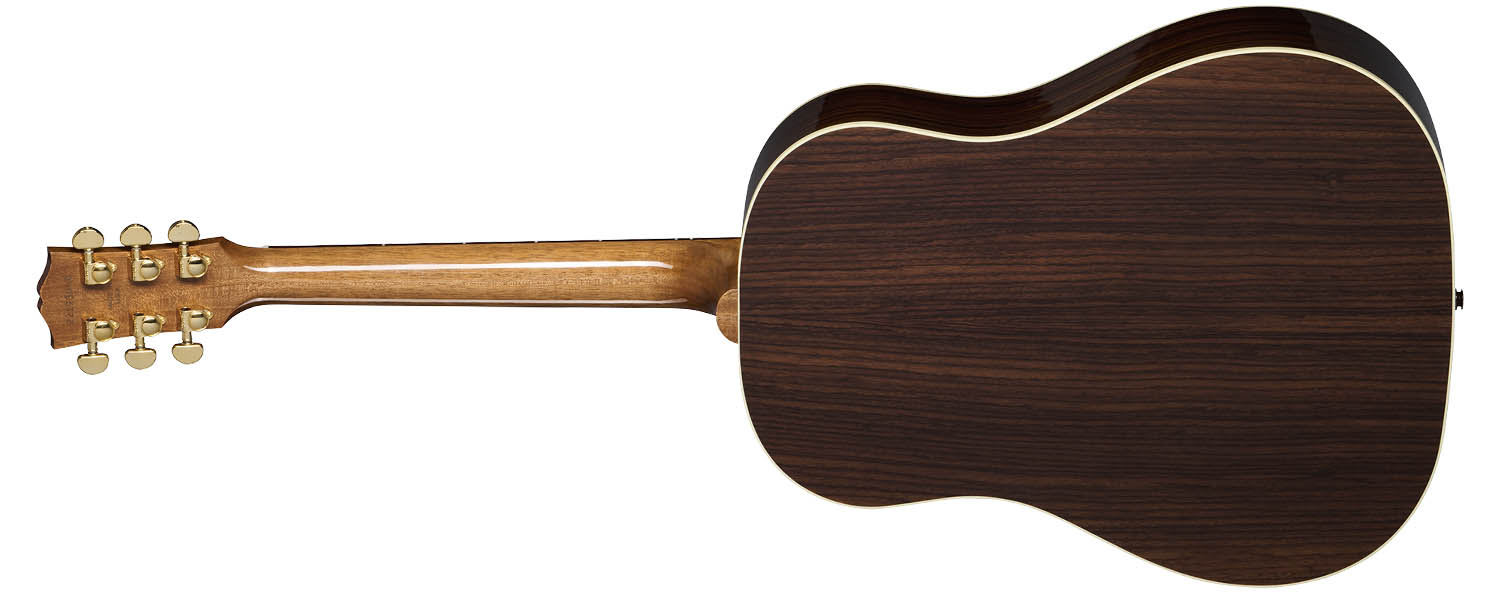
The electronics are uniform across the board, with the in-house Gibson favourite VTC pickup and preamp system from LR Baggs used on each. You will find the volume and tone controls tucked away neatly inside the soundhole.
Other features include mahogany necks that join the body with a compound dovetail joint, set with hot hide glue, Tusq nuts and bridge pins, and 12” radius rosewood fingerboards. Thereafter we have some differences unique to each guitar.
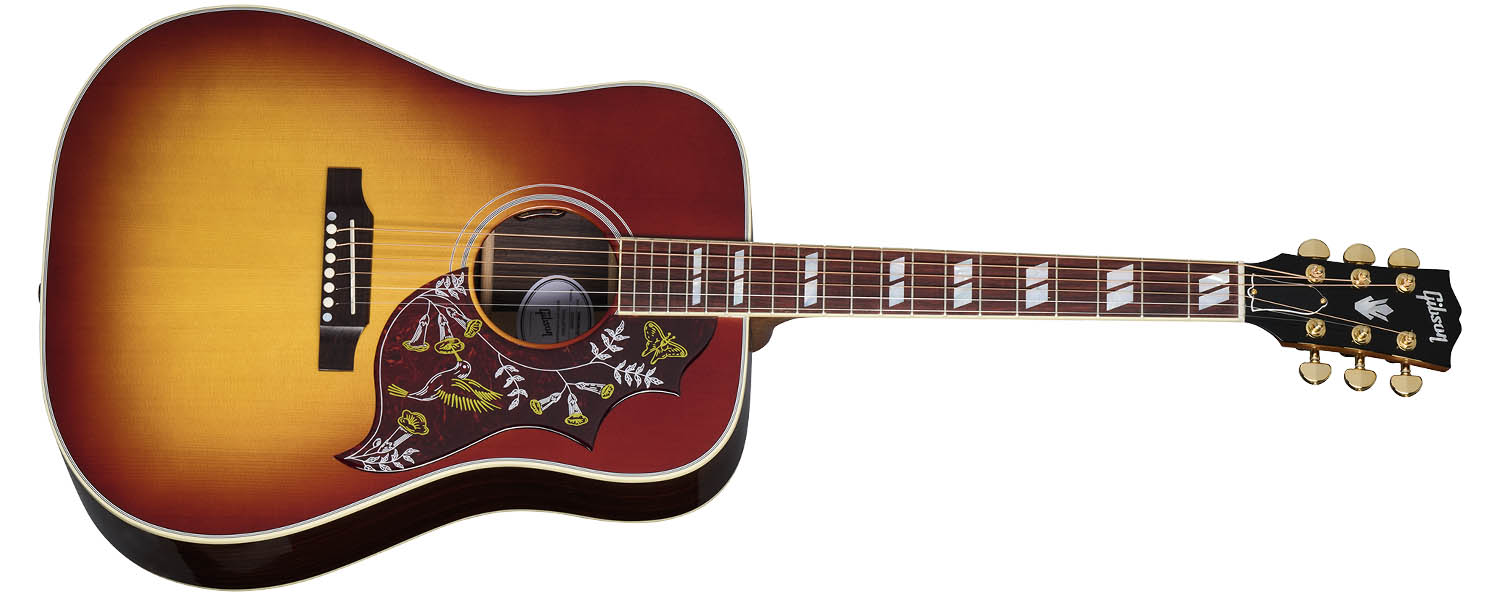

The SJ-200 and Hummingbird have rounded neck profiles while the J-45 has a SlimTaper neck. The SG-200 has a two-bar moustache bridge; its counterparts a reverse belly-up bridge.
Want all the hottest music and gear news, reviews, deals, features and more, direct to your inbox? Sign up here.
Bridges are rosewood to match the fingerboards. You’ll find split parallelograms on the Hummingbird, MOP graduated crowns on the SJ-200, and MOP dot inlays on the J-45 because that of course is Gibson’s round-shouldered workhorse. Both the J-45 and Hummingbird have 24.75” scale lengths, the SJ-200 25.5”. And there is the small question of the pickguards, with the J-45's tortoiseshell a little more utilitarian compared to the Hummingbird and SJ-200's decorative signature 'guards.

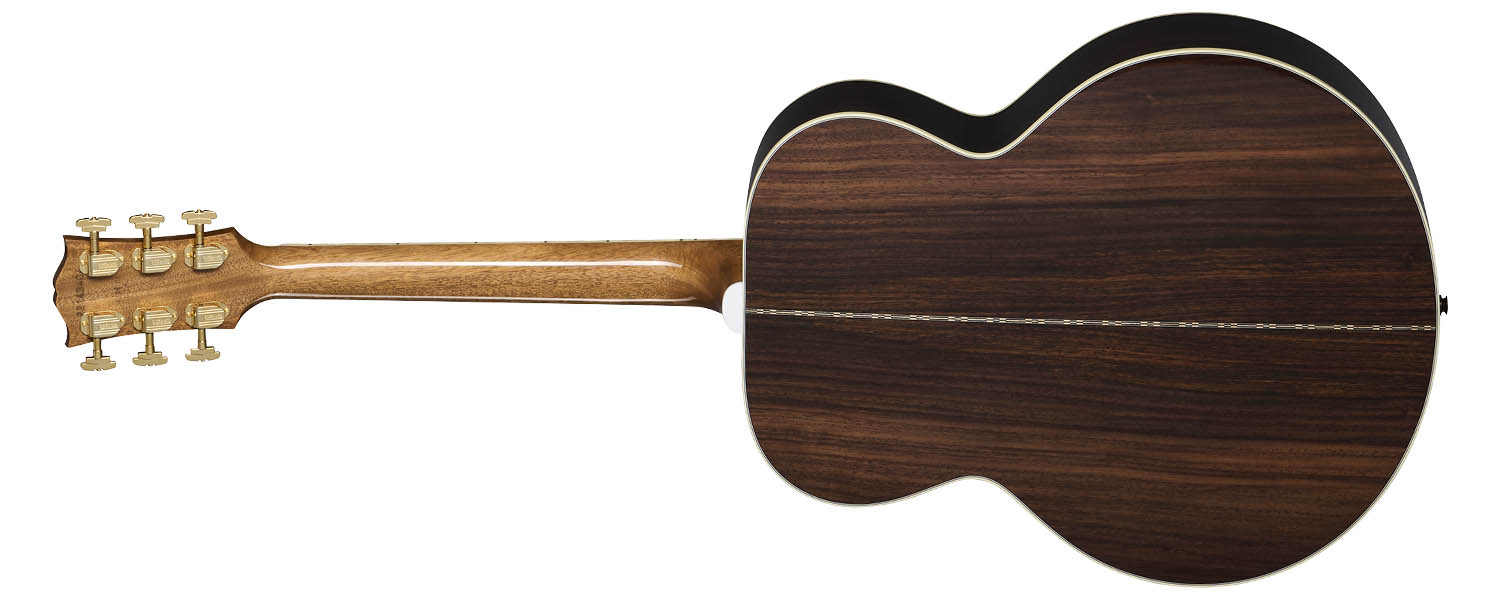
But then these variances in specifications are typical across the Gibson acoustic lineup. What makes these different to the main lineup is that rosewood body. For a model like the SJ-200, this is a return to rosewood.
Gibson’s notes tells us that some of the most early examples of the model had rosewood builds before maple became more prevalent. And the Nashville-based brand promises “slightly fuller bass response and overtone complexity” from the rosewood used here – though not so much as to overpower the characteristics of each of these.
Throw a chord at them and they’ll still do what a J-45, a Hummingbird and an SJ-200 will do. The new Rosewood Burst acoustics are available now, all with left-handed options too. The J-45 is priced £3,249 / $3,699, the Hummingbird is £4,149 / $4,599 and the SJ-200 is £5,299 / $5,999. All ship with a hard-shell guitar case.
For more details, head over to Gibson.
Jonathan Horsley has been writing about guitars and guitar culture since 2005, playing them since 1990, and regularly contributes to MusicRadar, Total Guitar and Guitar World. He uses Jazz III nylon picks, 10s during the week, 9s at the weekend, and shamefully still struggles with rhythm figure one of Van Halen’s Panama.
